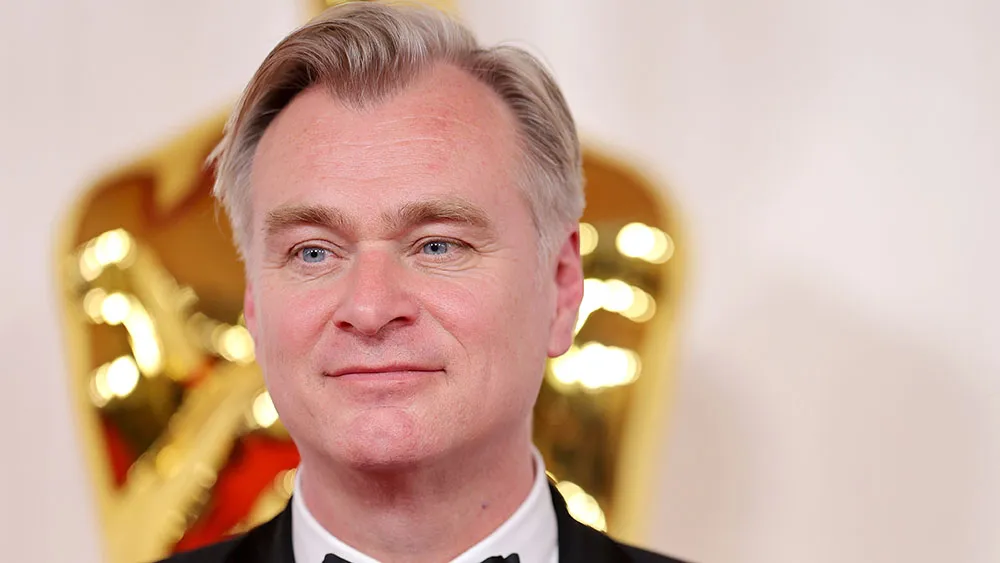
The Mystery Behind Christopher Nolan’s Mastery
In a cinematic world dominated by CGI explosions, sequel fatigue, and streaming content overload, Christopher Nolan has carved out a space all his own—where intellectual depth meets blockbuster scale. Whether you’re a hardcore cinephile or a casual moviegoer, you’ve likely walked out of a Nolan film asking, “How did he do that?”From Inception’s dreamscapes to Oppenheimer’s atomic introspection, Nolan doesn’t just tell stories—he reconstructs the language of cinema. And today, we’re diving deep into the 10,000-word breakdown of the filmmaking secrets that fuel his billion-dollar magic.
The Nolan Philosophy – Why He’s Different
The Architect of Intellect Meets Emotion
Nolan believes in one core principle: audiences are smarter than studios think. Instead of spoon-feeding exposition, he lets the viewer discover meaning through structure. His films reward attentiveness and demand second—and third—viewings.
The Art of Subtextual Cinema
His scripts are filled with subtextual themes like duality, moral ambiguity, the illusion of control, and the fragility of time. Each movie feels like a psychological essay in disguise.
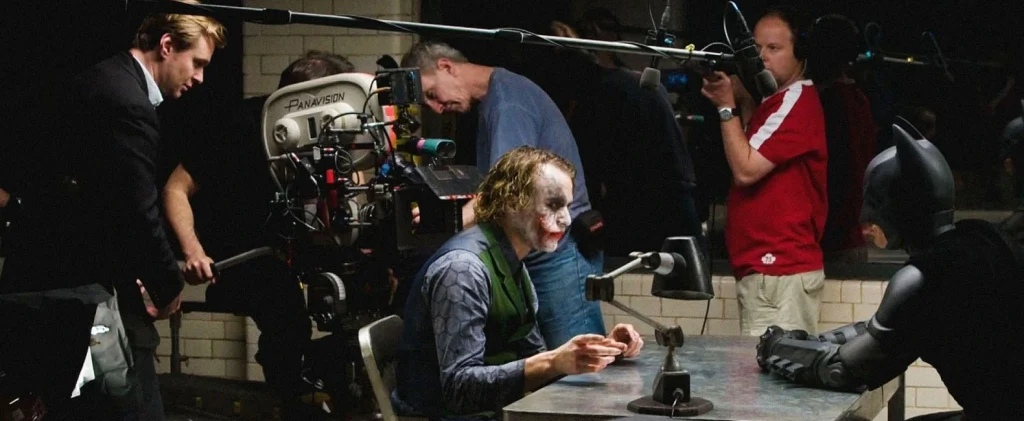
Narrative Inversion – Playing With Time Like a Toy
Time is Nolan’s favorite character. It’s not just a device—it’s a character, a plot twist, a metaphor, and a battlefield.
Memento – Telling the Story Backward
Nolan’s breakout film Memento (2000) told a story in reverse chronology, forcing audiences to feel memory loss just like the protagonist. It wasn’t just clever—it was transformative.
Inception – Dreams Within Dreams
Nolan visualized nested timelines through dreams with different time ratios. A single kick on the top layer could take 10 years in the deepest layer. No one had ever seen a structure like this before.
Dunkirk – Three Timelines, One War
Land = 1 week
Sea = 1 day
Air = 1 hour
All three timelines intercut simultaneously—forcing tension and synergy like a ticking time bomb.
Tenet – Time Inversion vs Time Travel
Instead of traditional time travel, Tenet introduces time inversion, where entropy is reversed. Objects move backward in time. Fights happen in two directions. It’s science, not fantasy.
Visual Style – Why Nolan’s Films Look So Different
IMAX and 70mm – Bigger, Clearer, Realer
Nolan pioneered the use of IMAX cameras in fiction films. He shot sequences in The Dark Knight, Interstellar, Tenet, and Oppenheimer using large-format film, achieving extreme clarity and immersive scale.
Natural Lighting and Deep Shadows
Cinematographers like Wally Pfister and Hoyte van Hoytema follow Nolan’s vision of keeping it grounded:
- Real-world lighting
- Minimal digital enhancements
- Practical location choices
Minimal CGI – If You Can Shoot It, Shoot It
- The hallway fight in Inception? Built on a rotating rig.
- The plane crash in Tenet? Done with a real 747.
- The atomic explosion in Oppenheimer? Captured with no CGI at all.
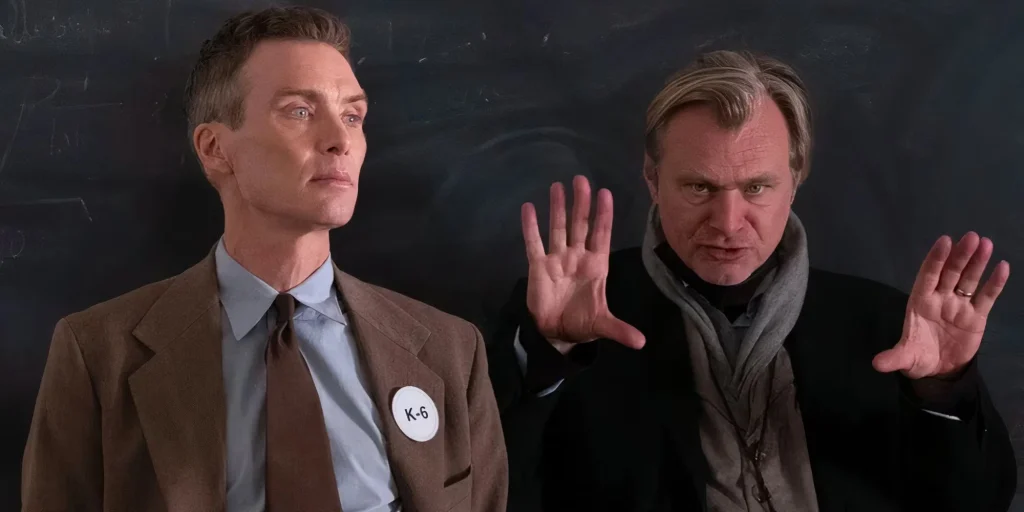
The Nolan Ensemble – Actors, Casting, and Performances
Loyalty and Recurrence
Actors like:
- Cillian Murphy (Peaky Blinders, Oppenheimer)
- Michael Caine (appears in nearly every Nolan film)
- Tom Hardy, Christian Bale, Marion Cotillard, Anne Hathaway
Nolan recasts not for comfort, but because of thematic compatibility.
Understated, Realistic Performance Style
Nolan’s direction focuses on restraint and realism. There are no over-the-top monologues, no theatrical flair. Emotion is embedded in dialogue rhythm, eye movement, and silence.

Sound Design & Music – The Unseen Force of Nolan’s Films
Hans Zimmer: The Sonic Architect
From the organ-drenched score of Interstellar to the time-stretched foghorn in Inception, Zimmer has shaped the auditory identity of Nolan’s universe.
Shepard Tones – Infinite Rising Tension
Used in Dunkirk, Shepard tones create the illusion of a sound that keeps rising, building anxiety and anticipation—even when nothing on screen is moving.
Dialogue Mixing Controversy
Critics have noted dialogue is sometimes difficult to hear (Tenet, Interstellar), but Nolan insists this is intentional:
“I want the audience to feel overwhelmed—not just listen.”
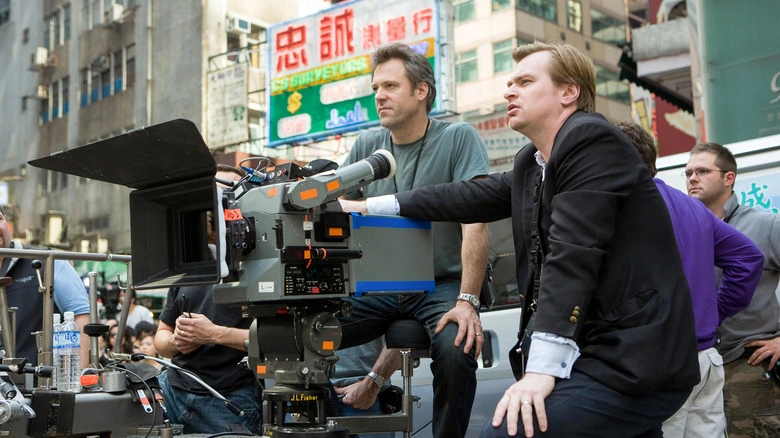
Nolan the Writer – Layered Scripts with Surgical Precision
Structured Complexity
Nolan uses:
- Nonlinear structures
- Fractal narrative design
- Unreliable narrators
All his scripts are mathematical yet emotional. Example:
- Inception was modeled on heist logic + dream science
- The Prestige used magic’s three-act structure: the Pledge, the Turn, the Prestige
Collaboration with Jonathan Nolan
His brother, Jonathan Nolan, co-wrote Memento, The Prestige, The Dark Knight, and Interstellar. Together, they create dense philosophical frameworks disguised as popcorn cinema.
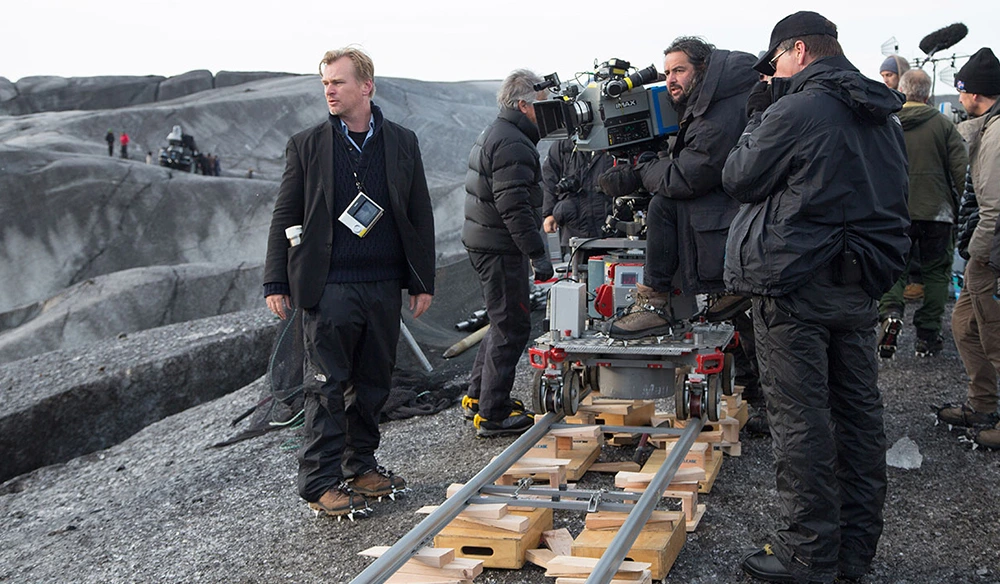
Behind-the-Scenes – How Nolan Runs a Film Set
No Phones Allowed
Nolan bans smartphones to keep the team focused and in the moment.
Shooting Chronologically
Where possible, Nolan prefers to shoot in order—especially important in Memento, Dunkirk, and Oppenheimer—to help actors track character development.
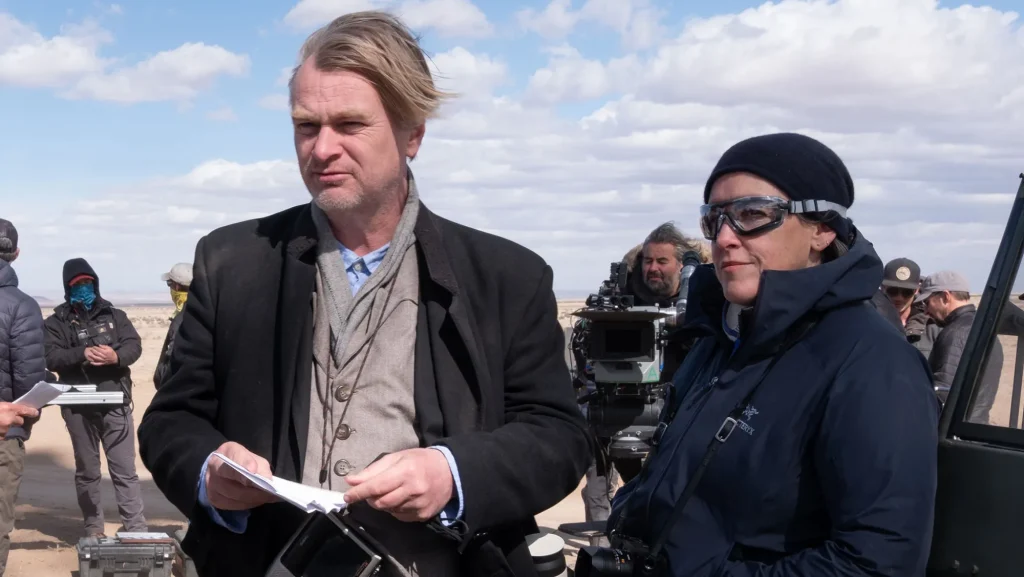
Extreme Prep, Minimal Retakes
Nolan is known for:
- Detailed storyboarding
- Precise blocking
- Limiting takes to preserve spontaneity
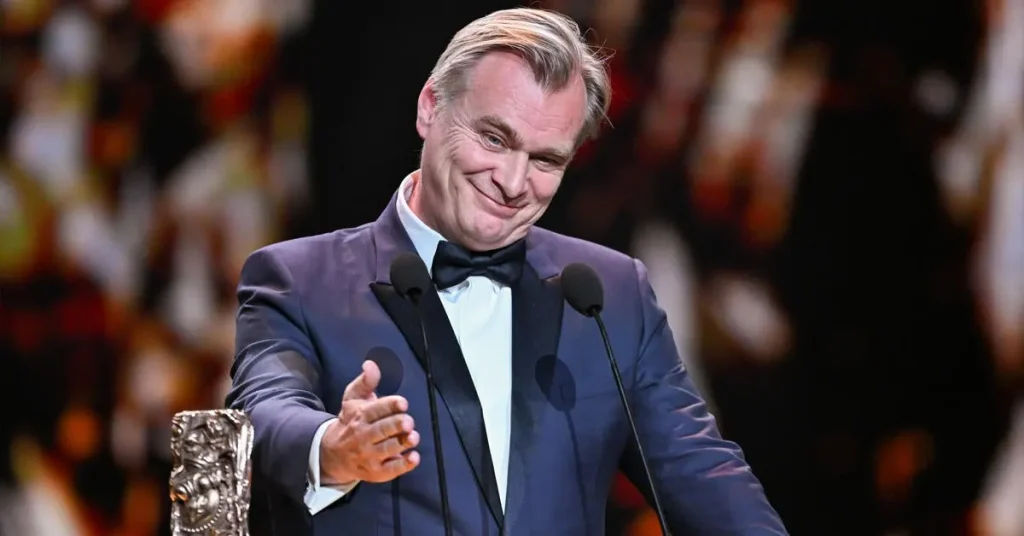
Awards, Recognition & Influence
Awards
- 5x Academy Award Winner (including Best Director and Picture for Oppenheimer)
- BAFTAs, Golden Globes, Empire Awards
- Commander of the British Empire (CBE)
Global Influence
- Cited by Denis Villeneuve, Greta Gerwig, Jordan Peele, and Barry Jenkins
- Inspired Hollywood to fund intelligent blockbusters
- Helped preserve IMAX and 70mm film culture
Cultural Impact
- Inception’s spinning top became a global symbol
- The Dark Knight changed superhero storytelling
- Oppenheimer reignited interest in history-driven cinema
Nolan’s Box Office Power – Billion-Dollar Brilliance
- The Dark Knight – $1.006B
- The Dark Knight Rises – $1.081B
- Inception – $836M
- Oppenheimer – $950M+
- Interstellar – $701M
Nolan proves that intelligence and profitability aren’t mutually exclusive.
What’s Next for Nolan?
- Rumors suggest a J.D. Salinger biopic
- Nolan may explore science fiction meets memoir
- Likely to return to Warner Bros. after Universal success. One thing’s for sure—he’s not done changing the rules.

Christopher Nolan’s Greatest Secret? Trusting His Audience
Nolan doesn’t rely on marketing gimmicks or clickbait stories. His filmmaking secrets are rooted in trust—trust in storytelling, trust in craftsmanship, and most importantly, trust in the intelligence of his audience.
If cinema is an illusion, then Christopher Nolan is the grand illusionist—pulling off magic tricks you can’t even explain, long after you leave the theater.


